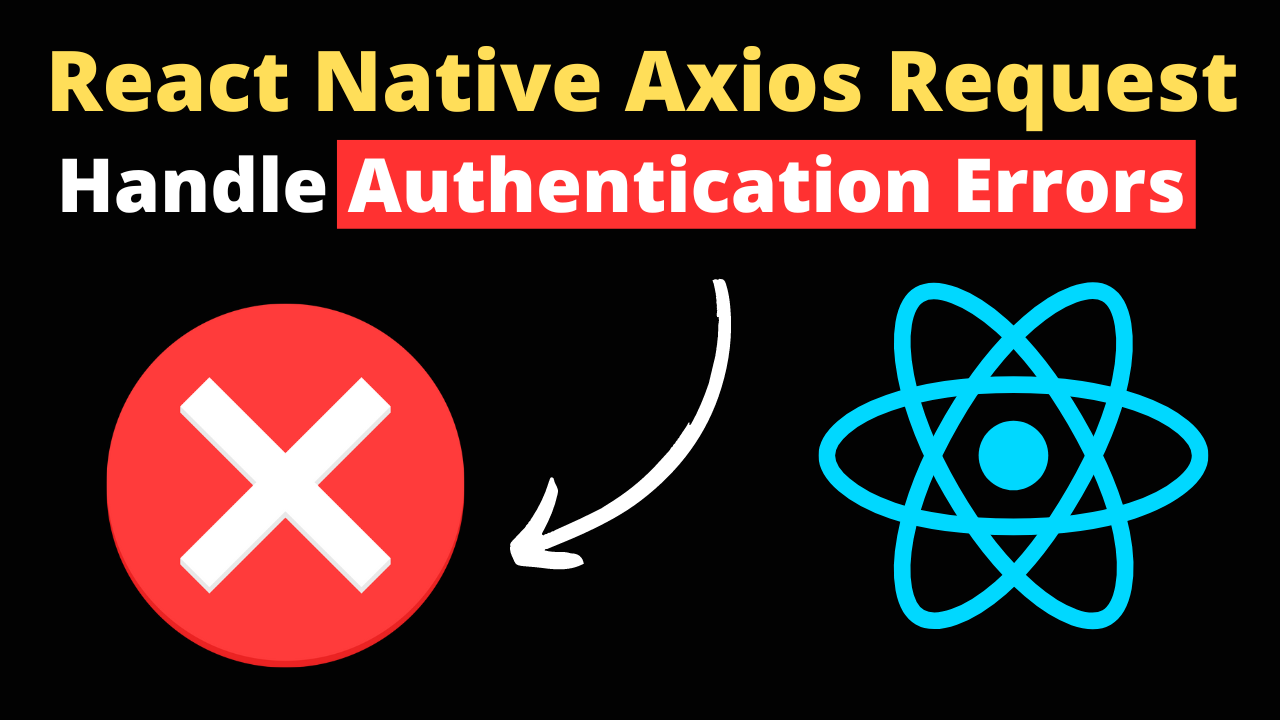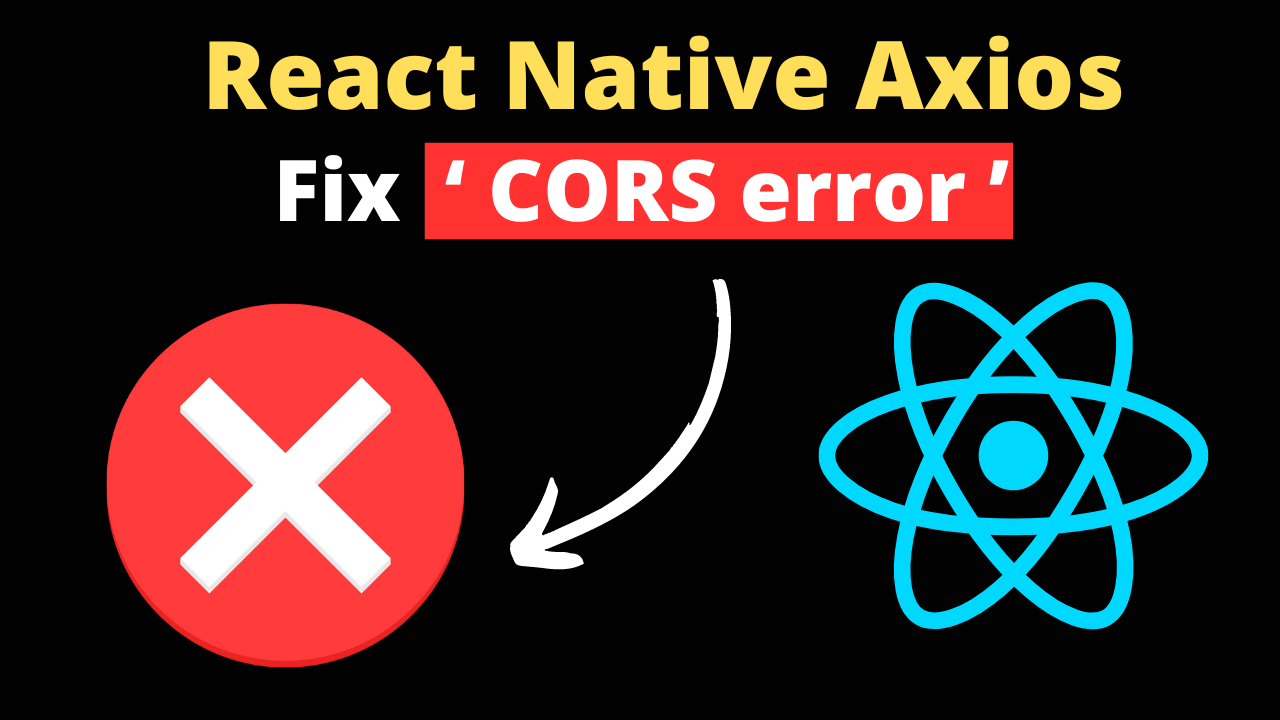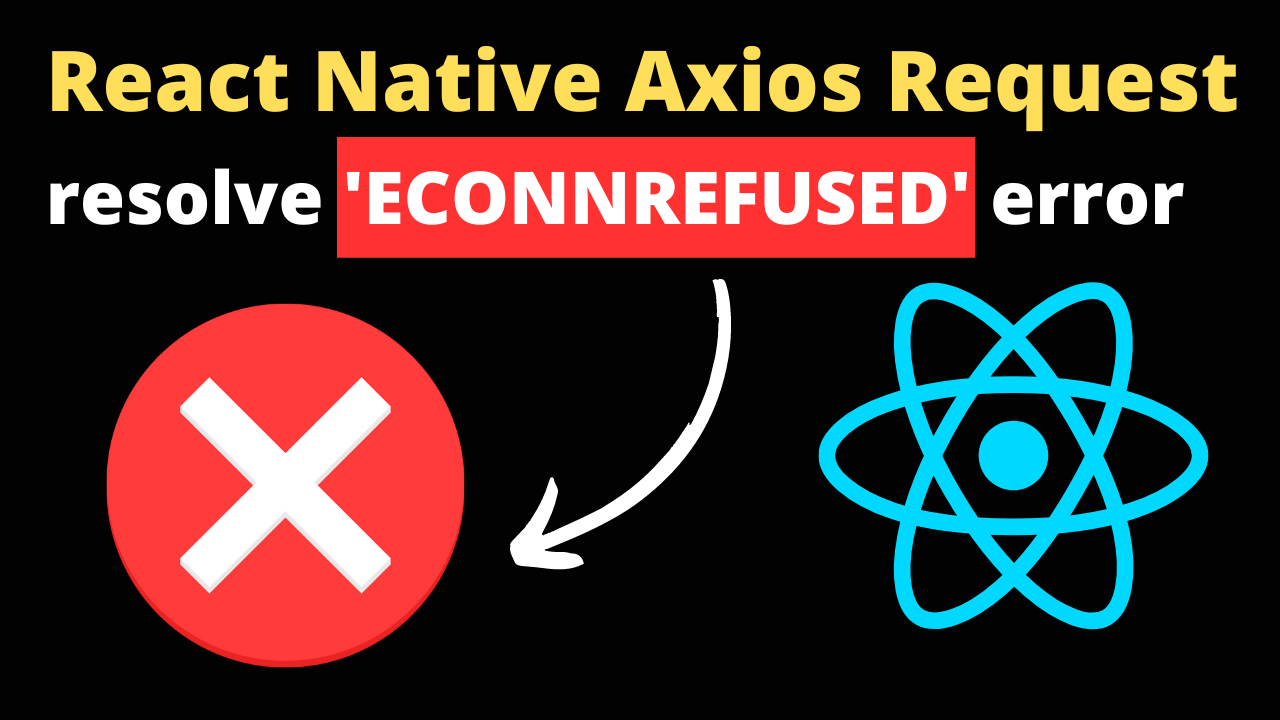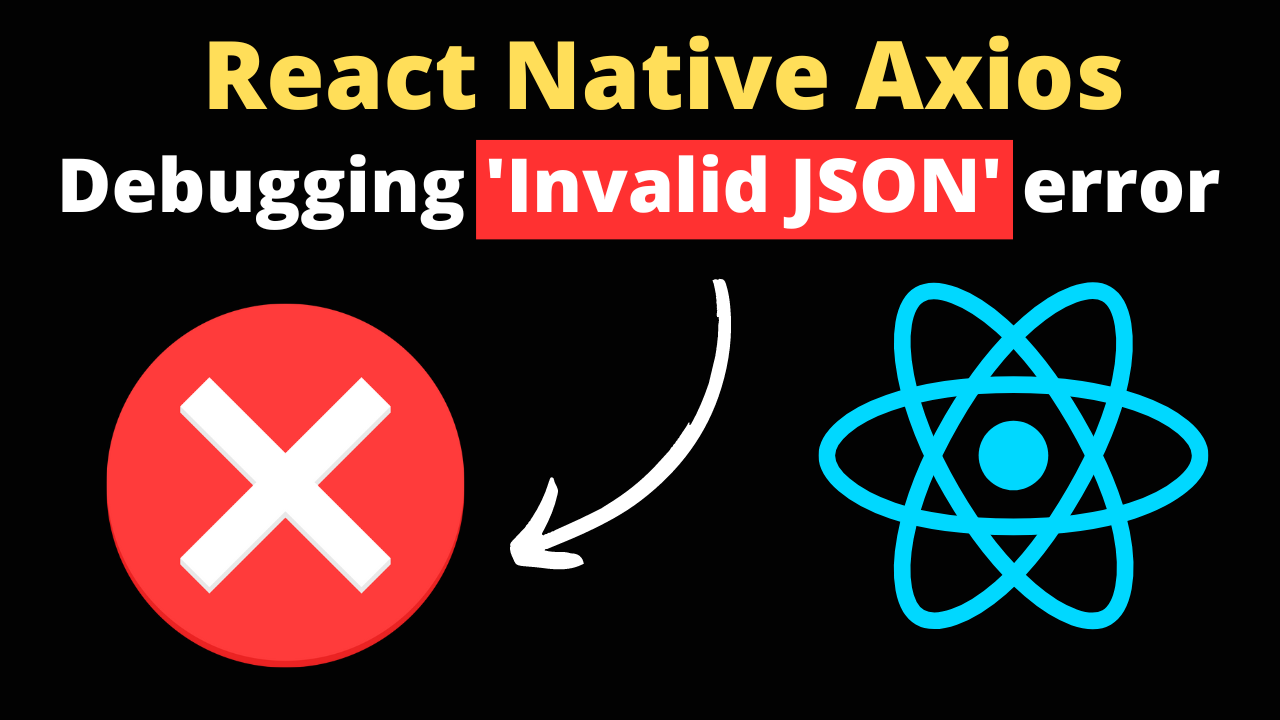Handle Authentication Errors with Axios in React Native App
In modern app development, handling authentication errors gracefully is crucial to providing a secure and user-friendly experience. When using Axios in React Native for making HTTP requests, developers often need to manage authentication errors effectively, such as 401 (Unauthorized) or 403 (Forbidden) responses. This article explores strategies for handling these authentication errors systematically within a … Read more




